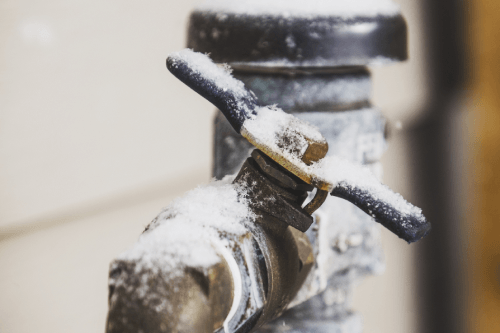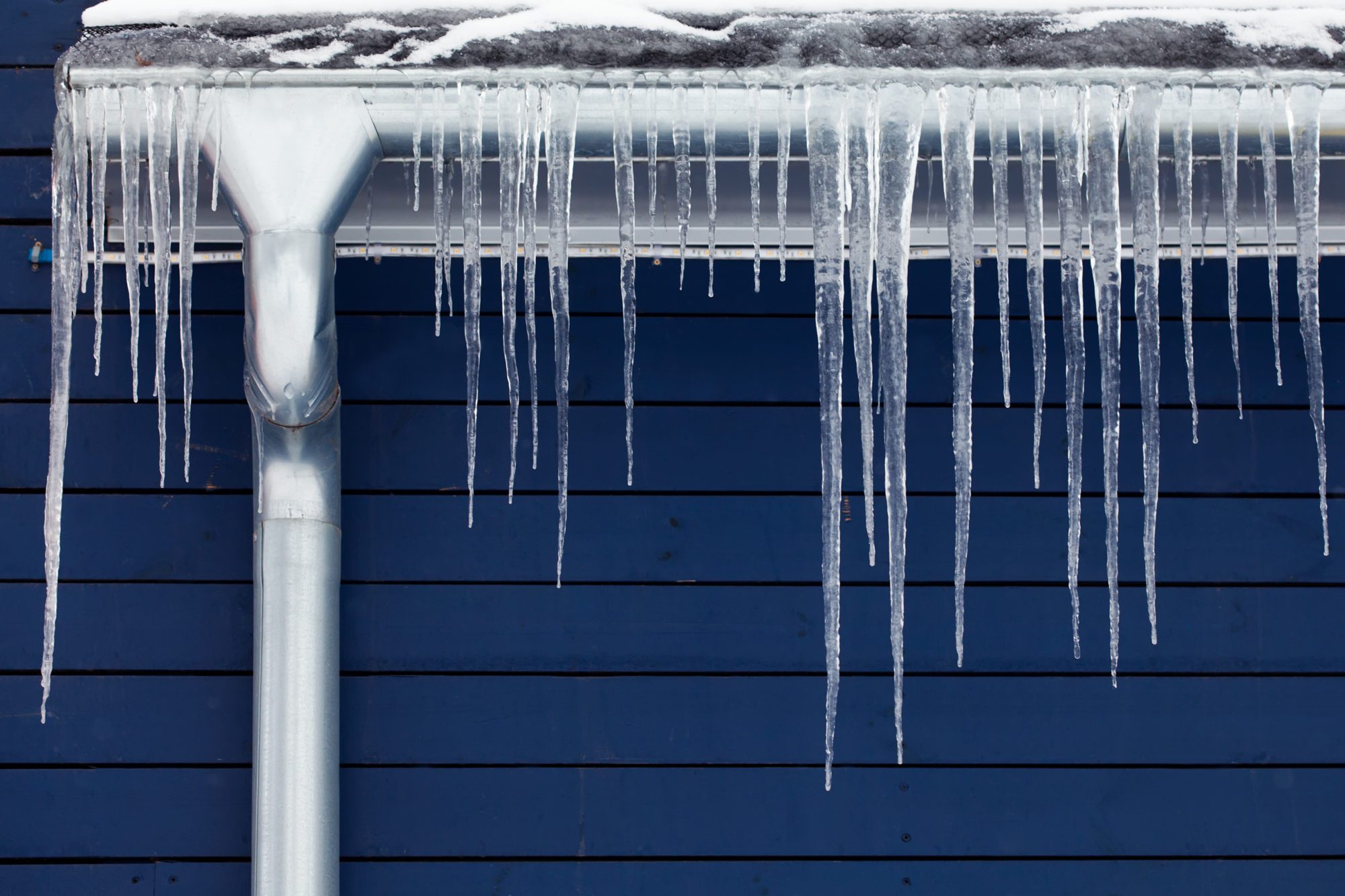Essential Advice for Avoiding Frozen Plumbing in Cold Weather Conditions
Essential Advice for Avoiding Frozen Plumbing in Cold Weather Conditions
Blog Article
Have you been hunting for answers about How to prepare your home plumbing for winter weather?

Winter can ruin your pipes, especially by freezing pipes. Here's how to stop it from taking place and what to do if it does.
Intro
As temperature levels drop, the risk of icy pipelines boosts, potentially leading to pricey repair services and water damage. Recognizing exactly how to prevent icy pipes is crucial for home owners in cool climates.
Recognizing Frozen Pipelines
What causes pipelines to freeze?
Pipelines freeze when subjected to temperature levels below 32 ° F (0 ° C) for expanded periods. As water inside the pipelines freezes, it broadens, taxing the pipe wall surfaces and possibly causing them to rupture.
Threats and damages
Icy pipelines can lead to water system disturbances, residential or commercial property damage, and pricey fixings. Burst pipes can flood homes and trigger comprehensive architectural damages.
Indicators of Frozen Piping
Recognizing icy pipelines early can stop them from breaking.
Just how to recognize frozen pipelines
Seek lowered water circulation from taps, unusual odors or sounds from pipelines, and noticeable frost on subjected pipes.
Prevention Tips
Shielding prone pipelines
Cover pipelines in insulation sleeves or utilize warm tape to secure them from freezing temperatures. Focus on pipelines in unheated or external areas of the home.
Home heating strategies
Keep indoor areas effectively heated up, especially locations with plumbing. Open up cupboard doors to allow cozy air to circulate around pipelines under sinks.
Protecting Exterior Plumbing
Yard hoses and outside taps
Detach and drain garden tubes before wintertime. Install frost-proof spigots or cover exterior taps with insulated caps.
What to Do If Your Pipelines Freeze
Immediate actions to take
If you think icy pipes, keep faucets open up to relieve pressure as the ice thaws. Make use of a hairdryer or towels taken in hot water to thaw pipes gradually.
Long-Term Solutions
Architectural changes
Take into consideration rerouting pipes away from exterior walls or unheated areas. Add extra insulation to attics, basements, and crawl spaces.
Upgrading insulation
Purchase premium insulation for pipes, attics, and walls. Proper insulation helps keep regular temperature levels and lowers the threat of frozen pipes.
Conclusion
Avoiding frozen pipelines needs positive measures and fast actions. By recognizing the causes, signs, and safety nets, house owners can safeguard their plumbing during winter.
5 Ways to Prevent Frozen Pipes
Drain Outdoor Faucets and Disconnect Hoses
First, close the shut-off valve that controls the flow of water in the pipe to your outdoor faucet. Then, head outside to disconnect and drain your hose and open the outdoor faucet to allow the water to completely drain out of the line. Turn off the faucet when done. Finally, head back to the shut-off valve and drain the remaining water inside the pipe into a bucket or container. Additionally, if you have a home irrigation system, you should consider hiring an expert to clear the system of water each year.
Insulate Pipes
One of the best and most cost-effective methods for preventing frozen water pipes is to wrap your pipes with insulation. This is especially important for areas in your home that aren’t exposed to heat, such as an attic. We suggest using foam sleeves, which can typically be found at your local hardware store.
Keep Heat Running at 65
Your pipes are located inside your walls, and the temperature there is much colder than the rest of the house. To prevent your pipes from freezing, The Insurance Information Institute suggests that you keep your home heated to at least 65 degrees, even when traveling. You may want to invest in smart devices that can keep an eye on the temperature in your home while you’re away.
Leave Water Dripping
Moving water — even a small trickle — can prevent ice from forming inside your pipes. When freezing temps are imminent, start a drip of water from all faucets that serve exposed pipes. Leaving a few faucets running will also help relieve pressure inside the pipes and help prevent a rupture if the water inside freezes.
Open Cupboard Doors
Warm your kitchen and bathroom pipes by opening cupboards and vanities. You should also leave your interior doors ajar to help warm air circulate evenly throughout your home.

As a devoted person who reads about Preventing and dealing with frozen pipes, I assumed sharing that section was a great idea. Are you aware of anybody else who is sincerely interested in the subject? Take a moment to promote it. Bless you for being here. Kindly check up our site back soon.
Get Started Report this page